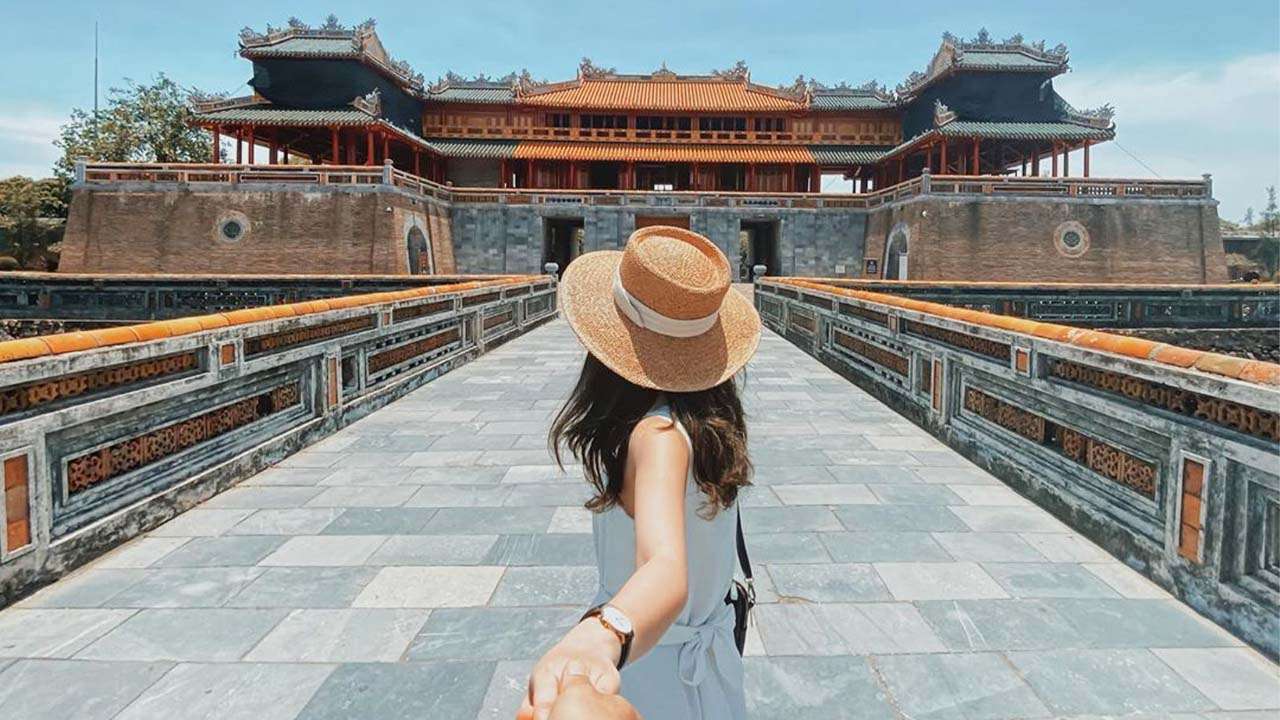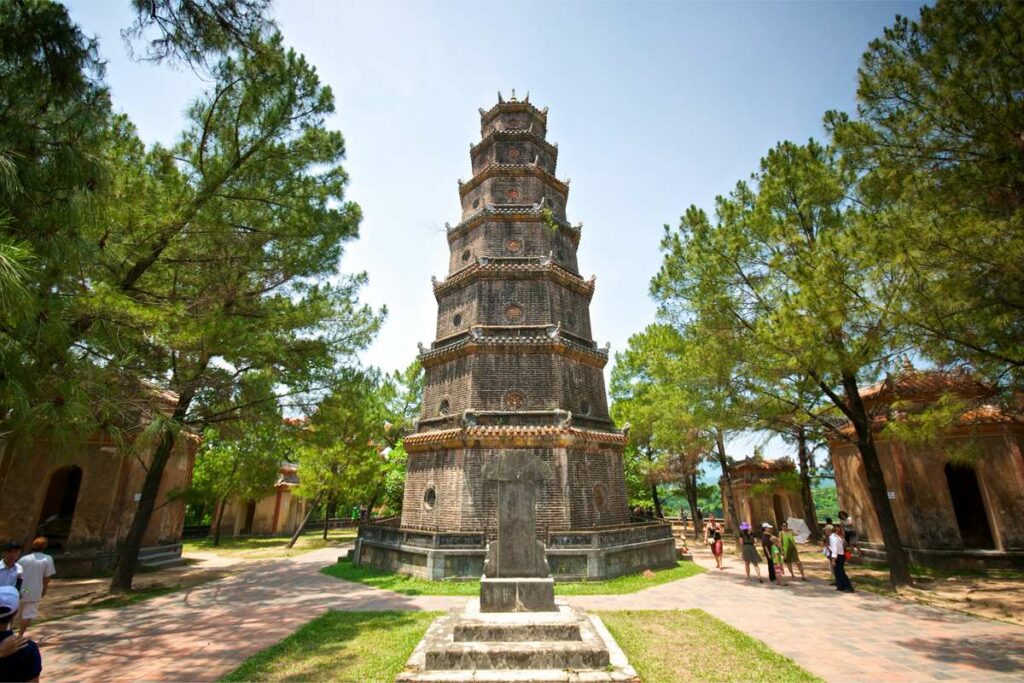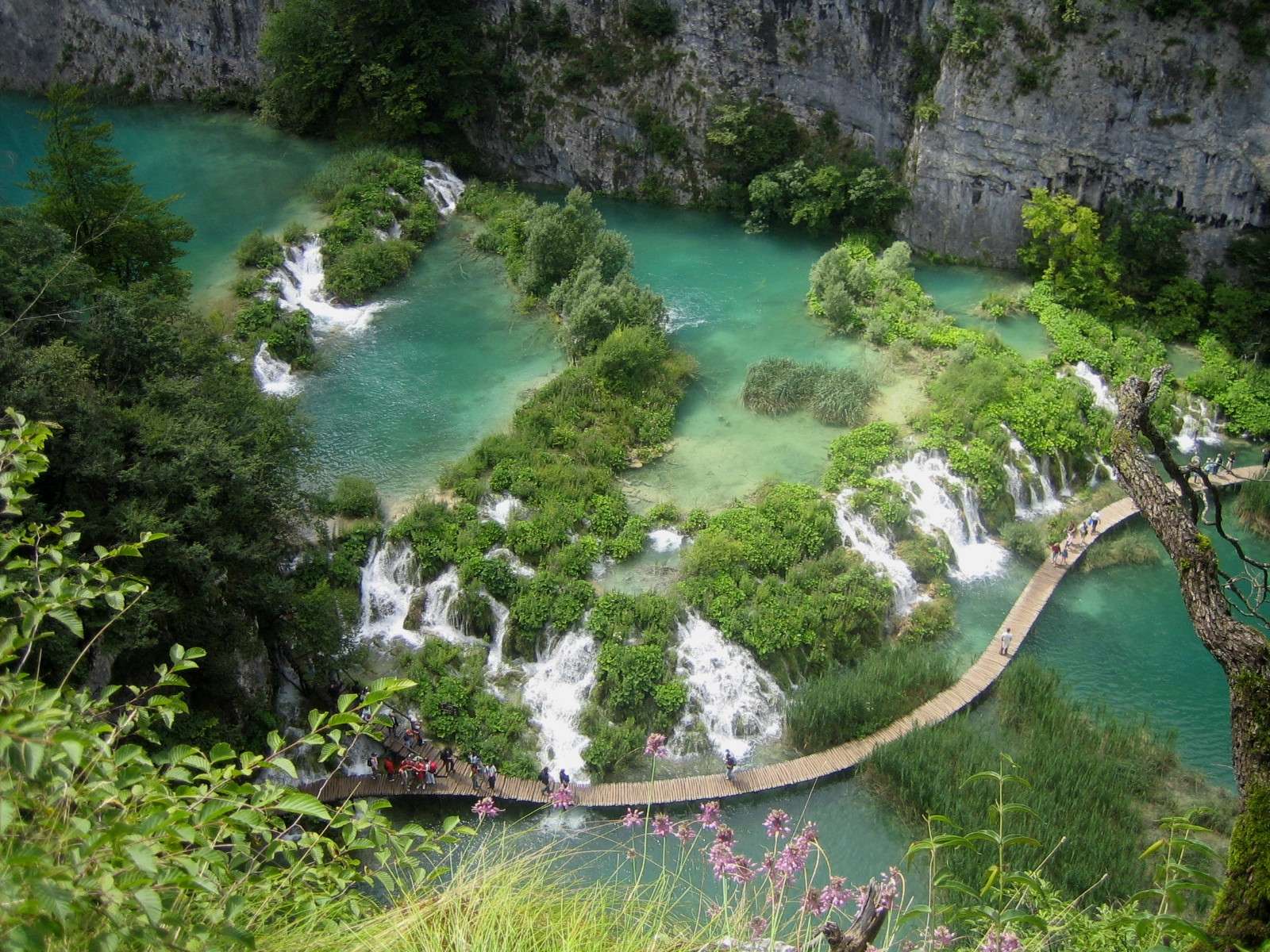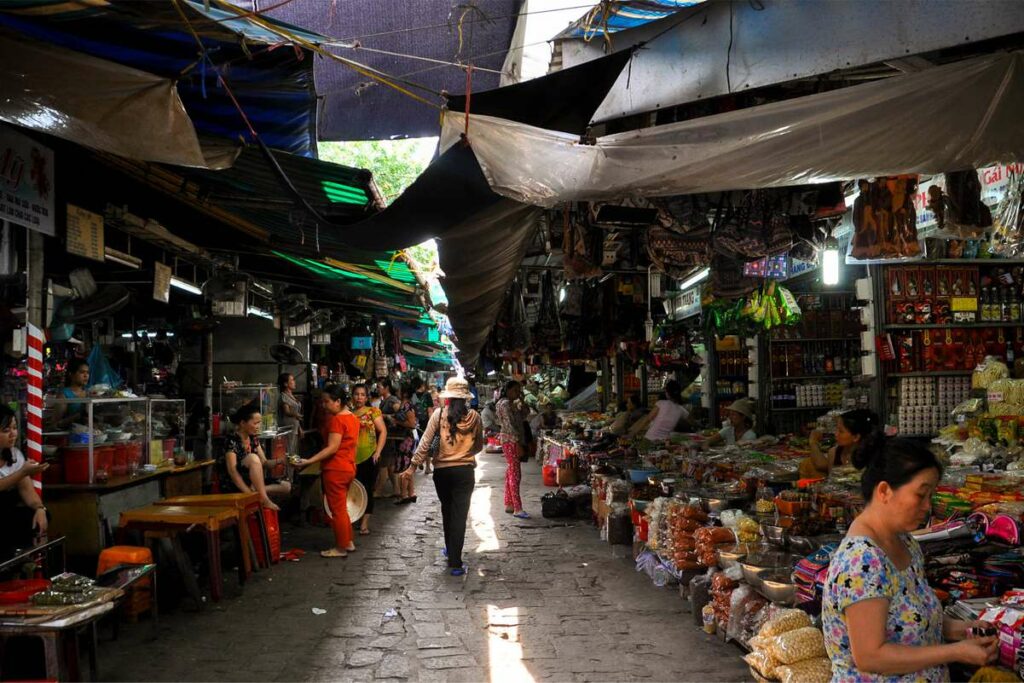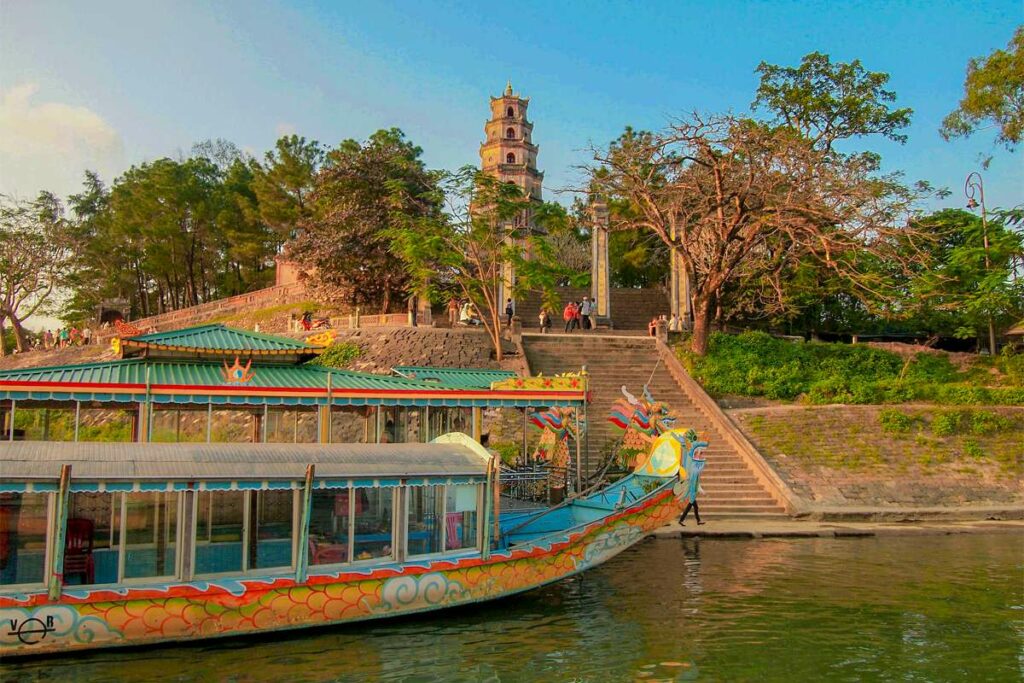Hue is one of Vietnam’s most famous tourist destinations, attracting a large number of visitors thanks to its long-standing imperial heritage, rich historical value, and unique cultural and artistic beauty. Highlights include the royal court music of Hue, numerous distinctive architectural structures, and an exceptional culinary tradition. This place was the capital of Vietnam during the Nguyen dynasty at the beginning of the 19th century and during the Vietnam-US war some of the most intense conflicts took place in this region. One of the main tourist attractions of Hue is the Royal Palace of the imperial city. There are also a number of places of interest left over from the Vietnam War, such as a military base and tunnels in the DMZ.
History of Hue Imperial City
In 1802, Hue was declared the capital of a united Vietnam by Emperor Gia Long, who transferred power from Thang Long (Hanoi). Inspired by Confucian principles and Chinese statecraft, Gia Long commissioned a palace complex similar to Beijing’s Forbidden City. Constructed in 1803, the huge Citadel had thick walls, and a protective moat, and was oriented toward the Perfume River. Enclosed within these protecting walls was the Imperial City, which was, until the arrival of the French protectorate in the 1880s, the center of political and cultural authority. In 1945, Hue’s importance further receded with the abdication of Emperor Bao Dai, the last of the Nguyen dynasty. The 20th-century wars badly affected the Imperial City.
Heavy losses occurred during the First Indochina War when the Viet Minh briefly took the Citadel in 1947; the French counterattack saw much of the core structures burned to the ground. Further damage was done during the 1968 Tet Offensive, with fierce urban warfare between U.S. Marines, South Vietnamese, and North Vietnamese forces that devastated many historic buildings, leaving only a few surviving. Regardless of that fact, Hue’s historic legacy lived on, and the Complex of Hue Monuments became a UNESCO World Heritage site in 1993; it still undergoes restoration to this day to preserve the remaining structures.
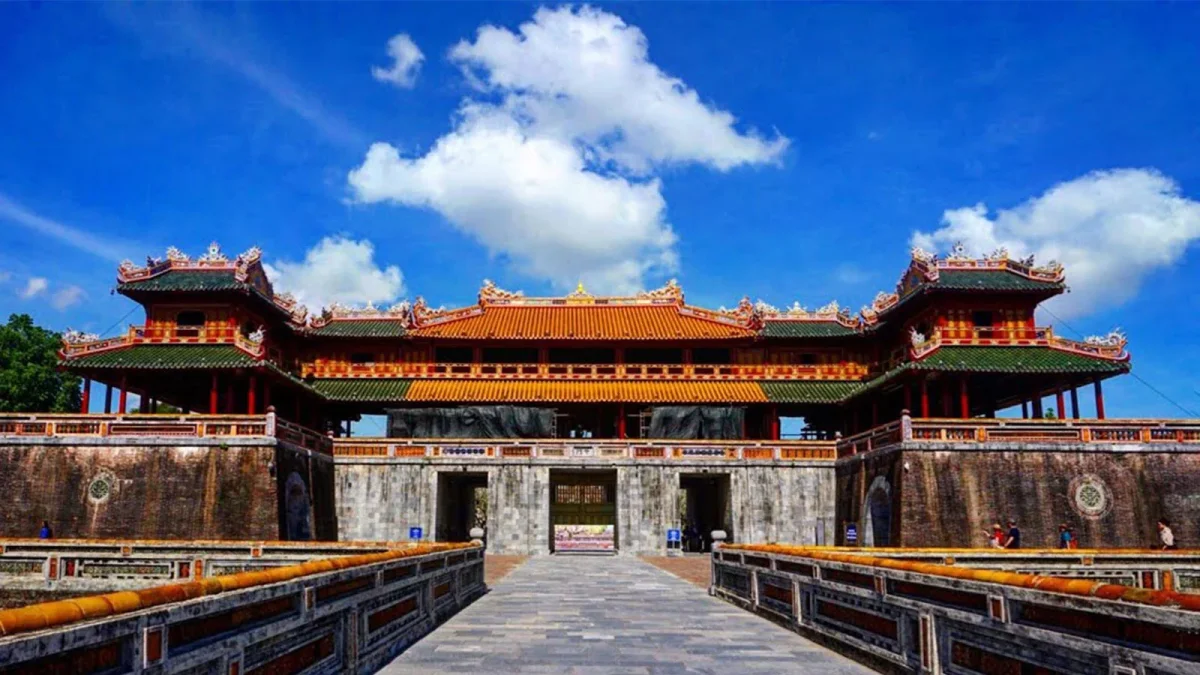
Hue Imperial City entrance fee:
- Adults: 200,000 VND
- Children (aged 7 to 12): 40,000 VND
- Tourists also have the option to use Hue Imperial City guide services for an additional cost of 150,000 VND per guide.
Note: The fee can be changed at time. Please contact or access the office website of Hue imperial palace. You can know the fee for the Hue imperial city ticket office correctly.
Hue citadel opening hours:
- In summer: 6:30 AM – 5:30 PM
- In winter: 7:00 AM – 5:00 PM
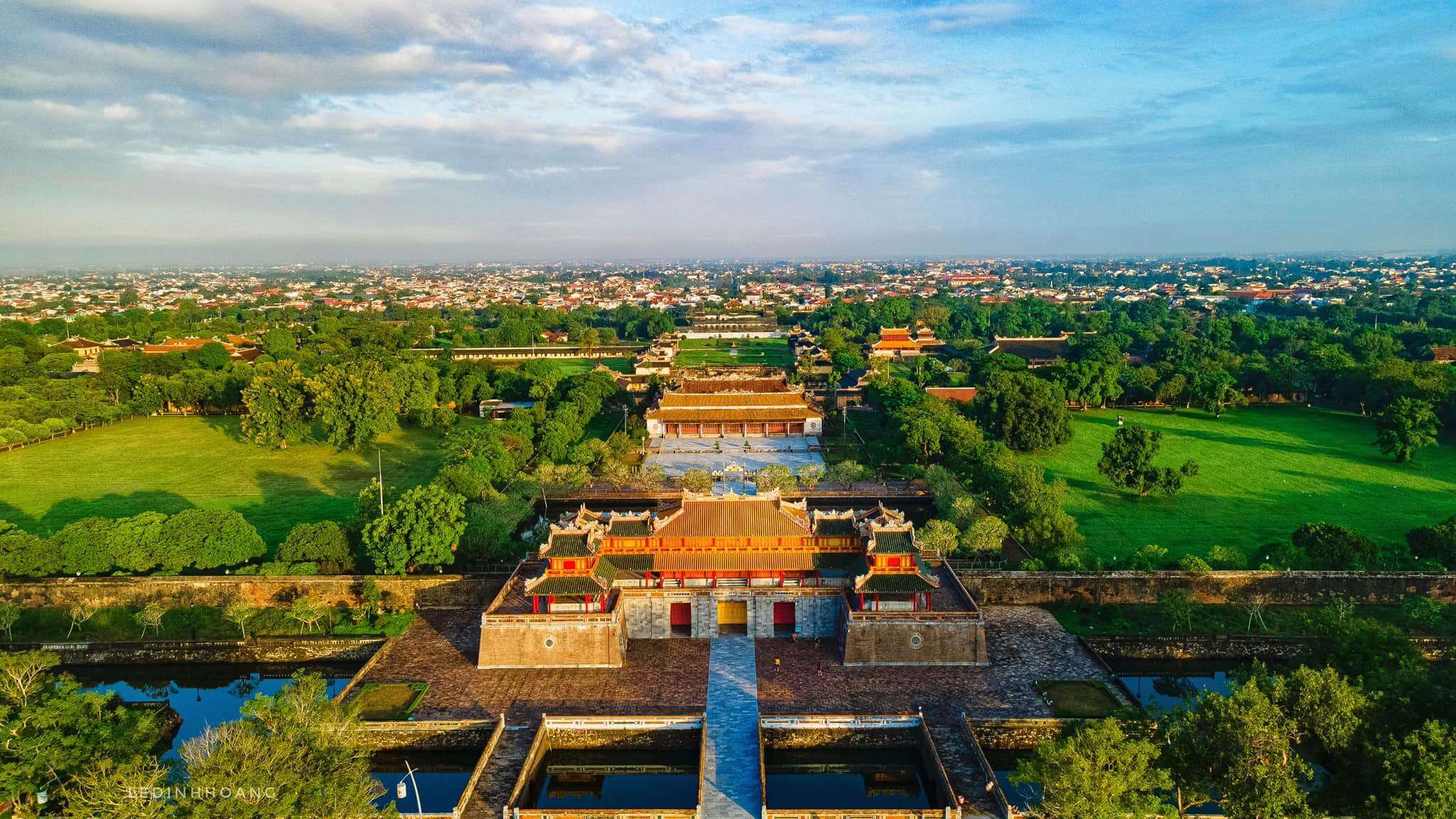
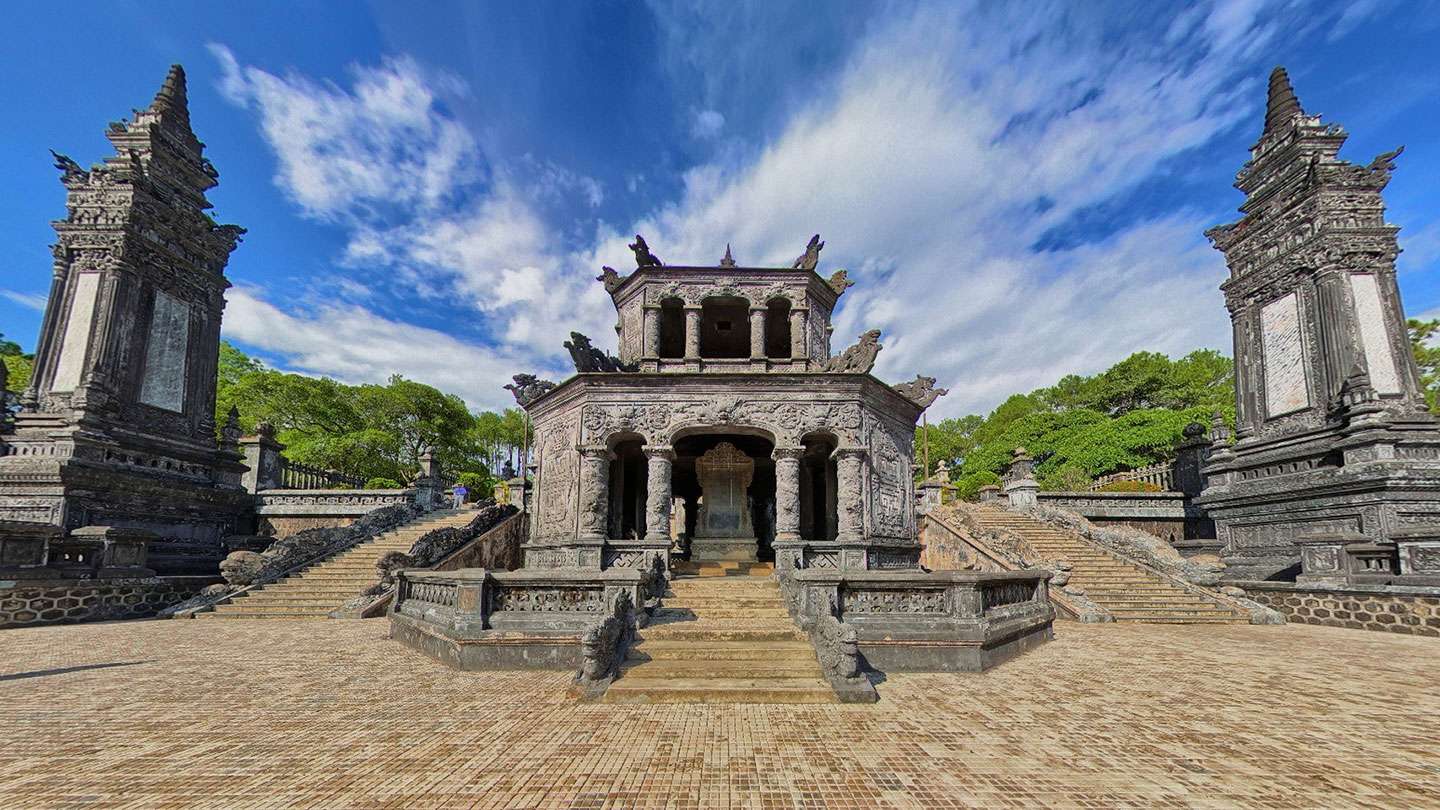
Khai Dinh Tomb
8. Enjoying Hue royal music on the Perfume River

This serene boat trip will take you along the Perfume River, where tranquil views will be enjoyed amidst traditional Hue royal music subtly and sweetly filling your ears with professionally presented sounds from traditional instruments exuding tones of dignity, elegance, and intimacy.
This cultural experience is perfect for sharing with parents or grandparents, allowing them to relive cherished memories of the past. As the melodies drift over the water, you’ll gain a deeper appreciation for Vietnam’s heritage and the enduring beauty of its traditional music.
9. Exploring Hue by cyclo at night

If walking feels like a chore at the end of a long day, then Hue is equally good on a night-time cyclo ride – comfortably seated, you can view the city sights and sounds with the golden glow of streetlights reflecting off the Perfume River.
They are more than just drivers; they are storytellers who will enlighten you with interesting stories of Hue’s history and culture. Their hospitality is personal as the tour takes you past landmarks such as Trang Tien Bridge, ancient houses, and charming cafes, painting a picture of Hue with its timeless charm.
10. Explore Hue railway station
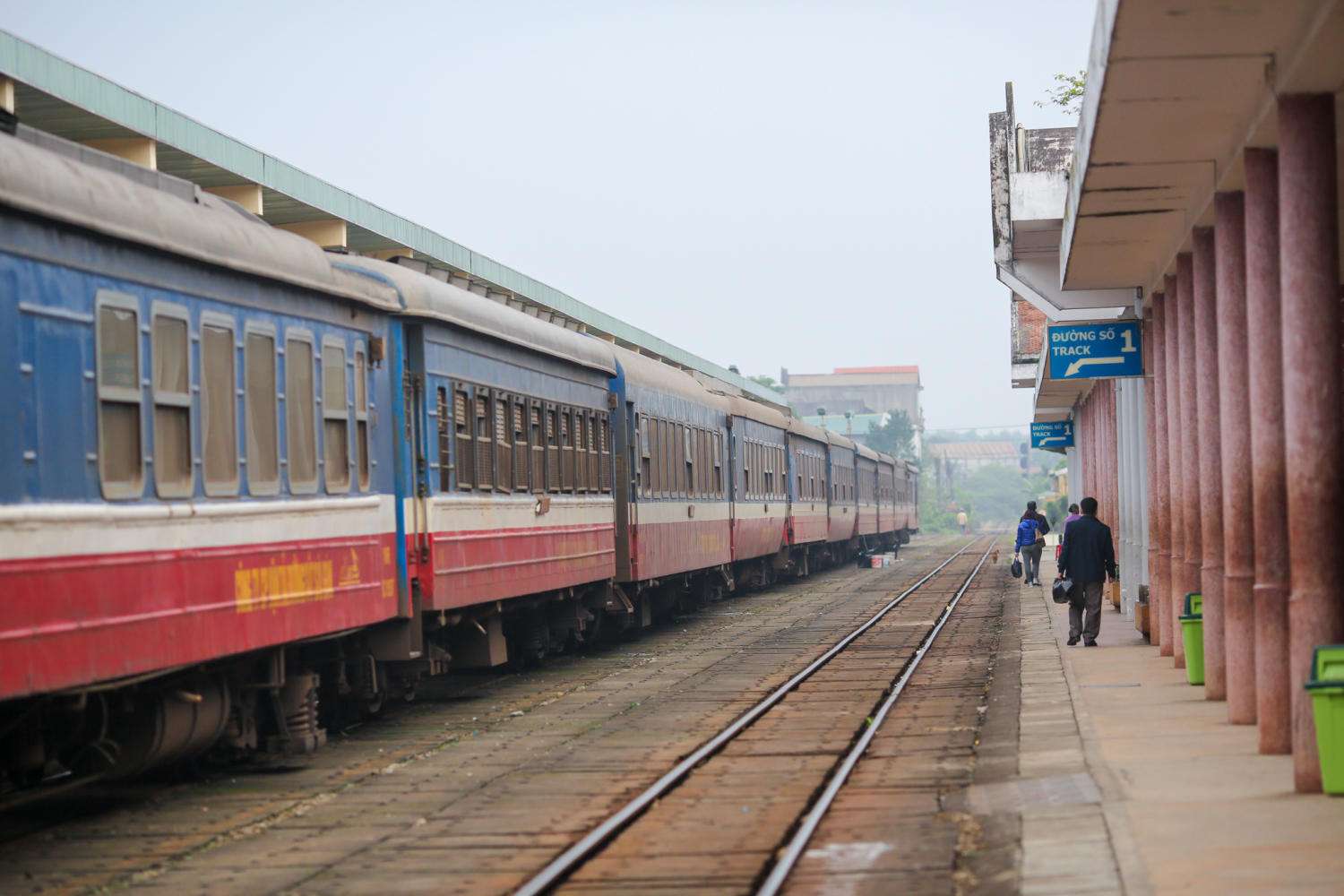
Hue Rail Station is much more than a hub of transportation; it is a place where you find nostalgia and quiet contemplation. Contrasting to the jostling crowds of a bus terminal, the station exudes tranquility, urging one to appreciate things with slowness, from an older era.
It is characterized by spacious hallways where the old brick walls, classical French architecture, and gentle breeze from the Perfume River combine with the soft hum of rolling trains on the tracks. Visiting here gives you a feel of Hue’s slowness, a more contemplative pace of life that is seldom captured.
EcoTravel is honored to come with you to enjoy this unique temple!

